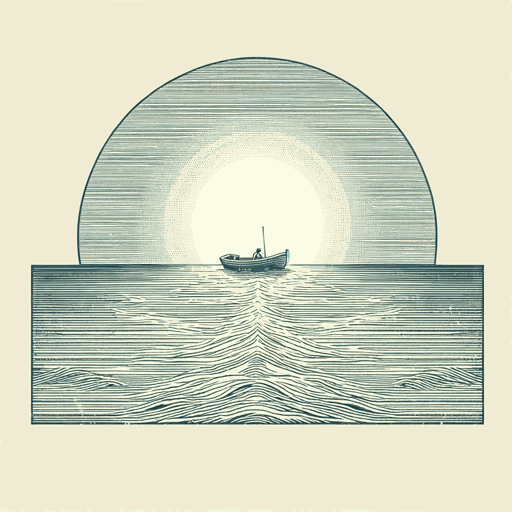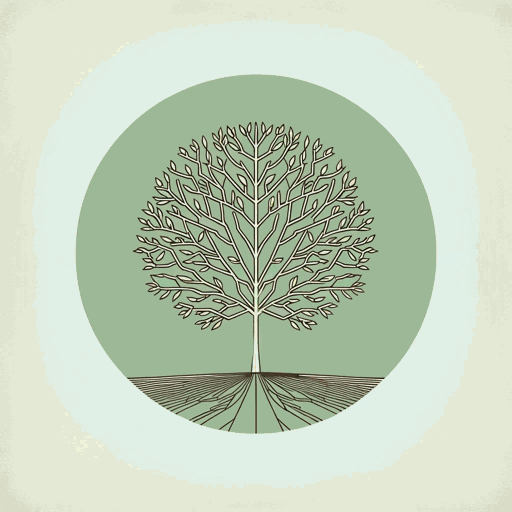51 pages • 1 hour read
Amitav GhoshThe Hungry Tide
Fiction | Novel | Adult | Published in 2004A modern alternative to SparkNotes and CliffsNotes, SuperSummary offers high-quality Study Guides with detailed chapter summaries and analysis of major themes, characters, and more.
Symbols & Motifs
Rivers
Rivers are a central symbol of The Hungry Tide. They are referenced in the book’s title—the hungry tide is the combined tides of the many rivers, large and small, that bring both life and death to the Sundarbans. In the novel, rivers symbolize man’s complicated, dualist relationship with nature. Rivers are the source of all life in the Sundarbans, providing food, transportation, and water. Fokir makes his living on the banks of the river, and has fed himself from it since he was a small child living on Morichjhapi. Rivers have always been the cradles of civilization since Mesopotamia emerged between the Tigris and Euphrates Rivers, and the Sundarbans are no different. “‘On the banks of every great river,’” Nirmal tells a young Kanai, “‘you’ll find a monument to excess’” (20). Rivers are also a primary source of danger, with lurking crocodiles and deadly undertows, both of which Piya narrowly escapes. “Only at high tide was it evident that the interior of [Lusibari] lay well below the level of the water” (31), creating the constant possibility of floods.
Related Titles
By Amitav Ghosh

Flood of Fire
Amitav Ghosh

Gun Island
Amitav Ghosh

In an Antique Land
Amitav Ghosh

River of Smoke
Amitav Ghosh

Sea of Poppies
Amitav Ghosh

The Calcutta Chromosome
Amitav Ghosh

The Glass Palace
Amitav Ghosh

The Great Derangement: Climate Change and the Unthinkable
Amitav Ghosh

The Shadow Lines
Amitav Ghosh

